Legume Haitian: A Flavorful Journey into the Heart of Spices
Table of Contents
Introduction to Legume Haitian
Legume Haitian is a unique spice blend that has been cherished in Haitian cuisine for generations. Known for its rich, earthy flavor and aromatic qualities, it's more than just a seasoning—it's a cultural symbol. Whether you're cooking up a traditional dish or experimenting with new flavors, legume haitian adds a distinct depth that can elevate any meal.

This spice mix typically includes a combination of herbs and spices such as thyme, garlic, onion, and sometimes chili peppers. It’s used to season beans, rice, meats, and even soups. The blend is not only flavorful but also packed with nutrients, making it a favorite among health-conscious individuals and spice enthusiasts alike.
Spice Basics You Need to Know
If you're new to the world of spices, understanding how they work together can make all the difference in your cooking. Legume haitian is no exception. Here are some key points to keep in mind:
- Flavor Profile: Legume haitian offers a complex taste that balances sweetness, saltiness, and a slight heat. It's perfect for dishes that need a bit of punch without being overwhelming.
- Aroma: The fragrance of this spice is unmistakable. It smells like a warm kitchen filled with fresh herbs and a hint of smokiness.
- Usage: This spice works best when added early in the cooking process. It allows the flavors to infuse into the dish, creating a more harmonious result.
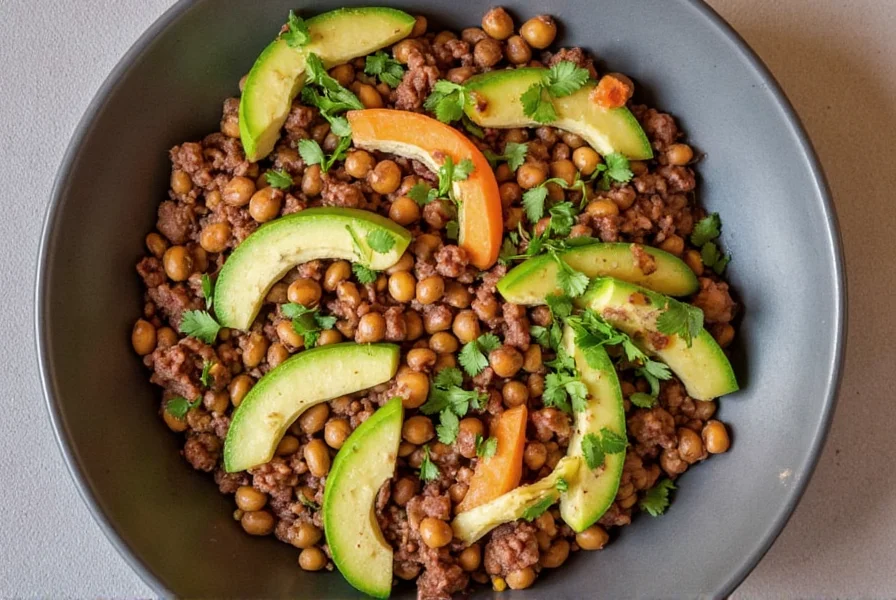
One of the most appealing aspects of legume haitian is its versatility. It can be used in both traditional and modern recipes. From slow-cooked stews to quick stir-fries, this spice is a game-changer. Plus, it's easy to customize—many cooks add their own twist by incorporating additional herbs or spices based on personal preference.
Practical Tips for Using Legume Haitian
Now that you understand the basics, let’s dive into some practical tips to help you get the most out of legume haitian. These insights are perfect for both beginners and seasoned cooks looking to refine their skills.
- Start Small: If you're new to this spice, start with a small amount and adjust to taste. It's easy to add more, but hard to undo if you go overboard.
- Pair with Complementary Flavors: Legume haitian pairs well with ingredients like tomatoes, garlic, and onions. Consider adding a splash of lime or vinegar to brighten up the dish.
- Use in Soups and Stews: This spice really shines in slow-cooked dishes. Try it in a bean soup or a hearty stew for an extra layer of flavor.
- Experiment with Different Dishes: Don’t limit yourself to traditional recipes. Use legume haitian in grilled vegetables, roasted potatoes, or even as a rub for chicken or fish.
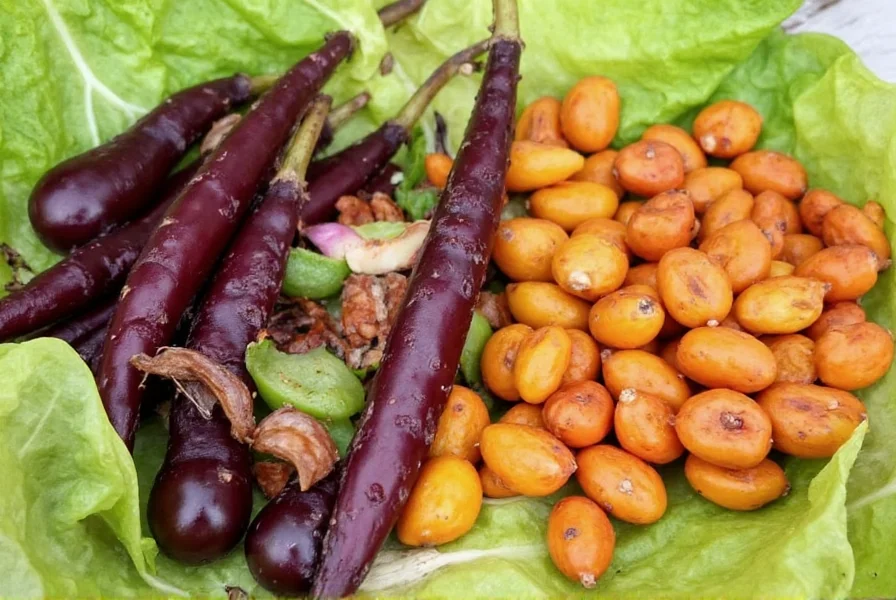
Another great tip is to store legume haitian properly. Keep it in an airtight container away from direct sunlight to maintain its potency. Freshness is key when it comes to spices, so consider buying smaller quantities more frequently if you use it often.
Buying Guide for Legume Haitian
When it comes to purchasing legume haitian, there are several factors to consider. Whether you’re shopping online or at a local market, here's what to look for:
| Feature | What to Look For |
|---|---|
| Ingredients | Check the label to ensure it contains natural herbs and spices. Avoid blends with artificial additives or fillers. |
| Quality | Look for a vibrant color and strong aroma. High-quality legume haitian should have a robust scent that lingers on your fingers. |
| Brand Reputation | Choose reputable brands known for their authentic spice blends. Read reviews or ask for recommendations from fellow spice lovers. |
| Price | While price isn't always an indicator of quality, be wary of extremely cheap options that may compromise on freshness or flavor. |
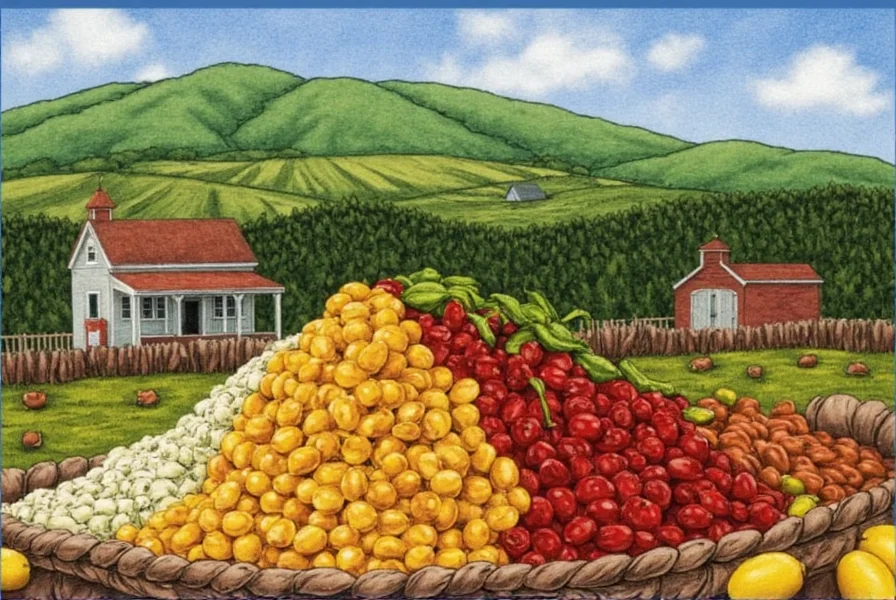
There are also different forms of legume haitian available. Some people prefer the ground version, while others enjoy the whole herb or spice mix. Ground legume haitian is more convenient for everyday use, while the whole form can be used to make homemade blends. If you're interested in crafting your own, consider investing in a spice grinder to preserve the integrity of the ingredients.
For those who love to cook with authenticity, specialty stores or online retailers that focus on Caribbean or Haitian cuisine are excellent places to find high-quality legume haitian. These sources often offer a wider variety of blends and can provide more detailed information about the origin and preparation of the spice.
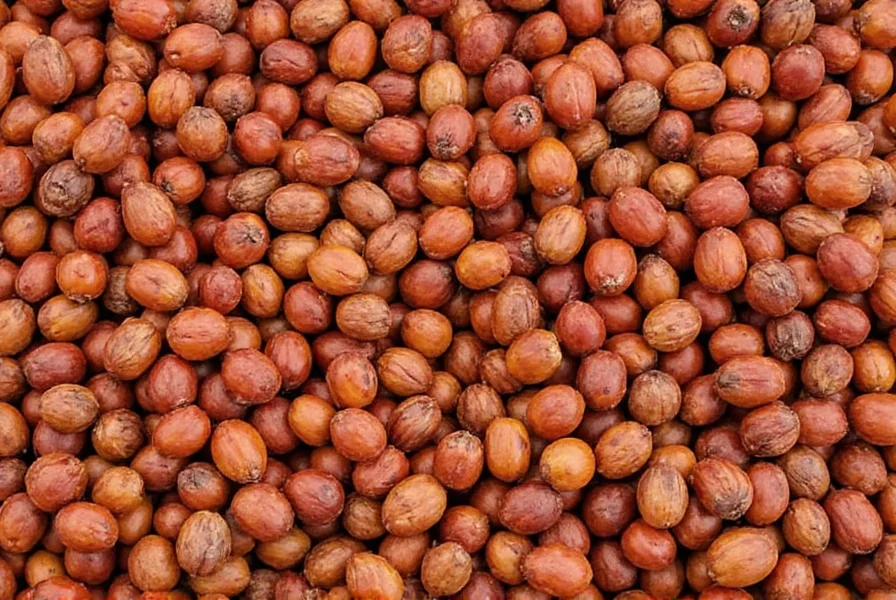
When selecting legume haitian, consider the occasion and the type of dish you plan to prepare. For example, a milder blend might be better suited for family dinners, while a spicier version could be ideal for a special event or a bold culinary experiment. Don’t hesitate to ask questions at the store or check product descriptions for guidance.
Conclusion
In conclusion, legume haitian is a versatile and flavorful spice that deserves a place in every kitchen. Its unique combination of herbs and spices makes it a staple in Haitian cooking, but its appeal extends far beyond traditional recipes. Whether you're a seasoned chef or a curious home cook, this spice offers endless possibilities for creativity and flavor enhancement.
By understanding its characteristics, learning how to use it effectively, and knowing where to buy it, you can unlock the full potential of legume haitian. So why not give it a try? Your taste buds—and your guests—will thank you!
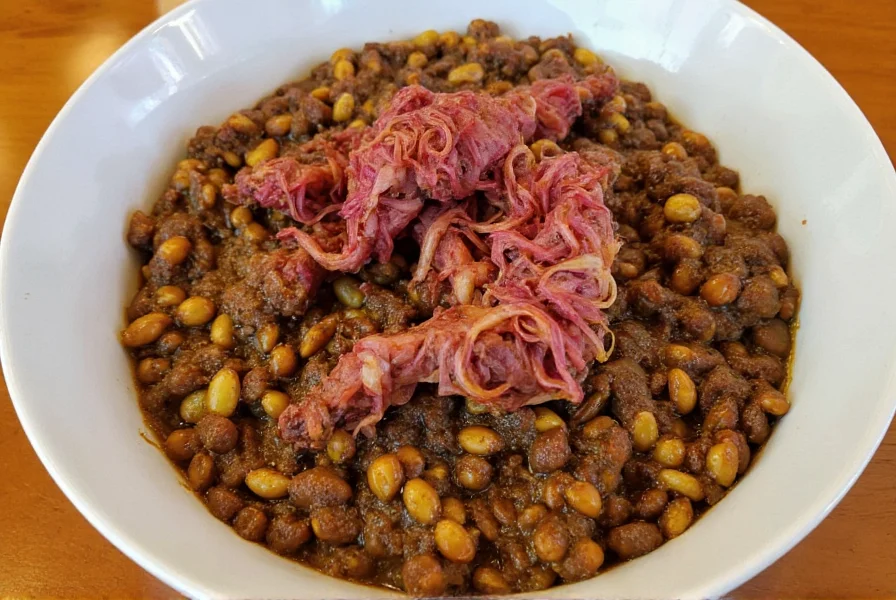











 浙公网安备
33010002000092号
浙公网安备
33010002000092号 浙B2-20120091-4
浙B2-20120091-4